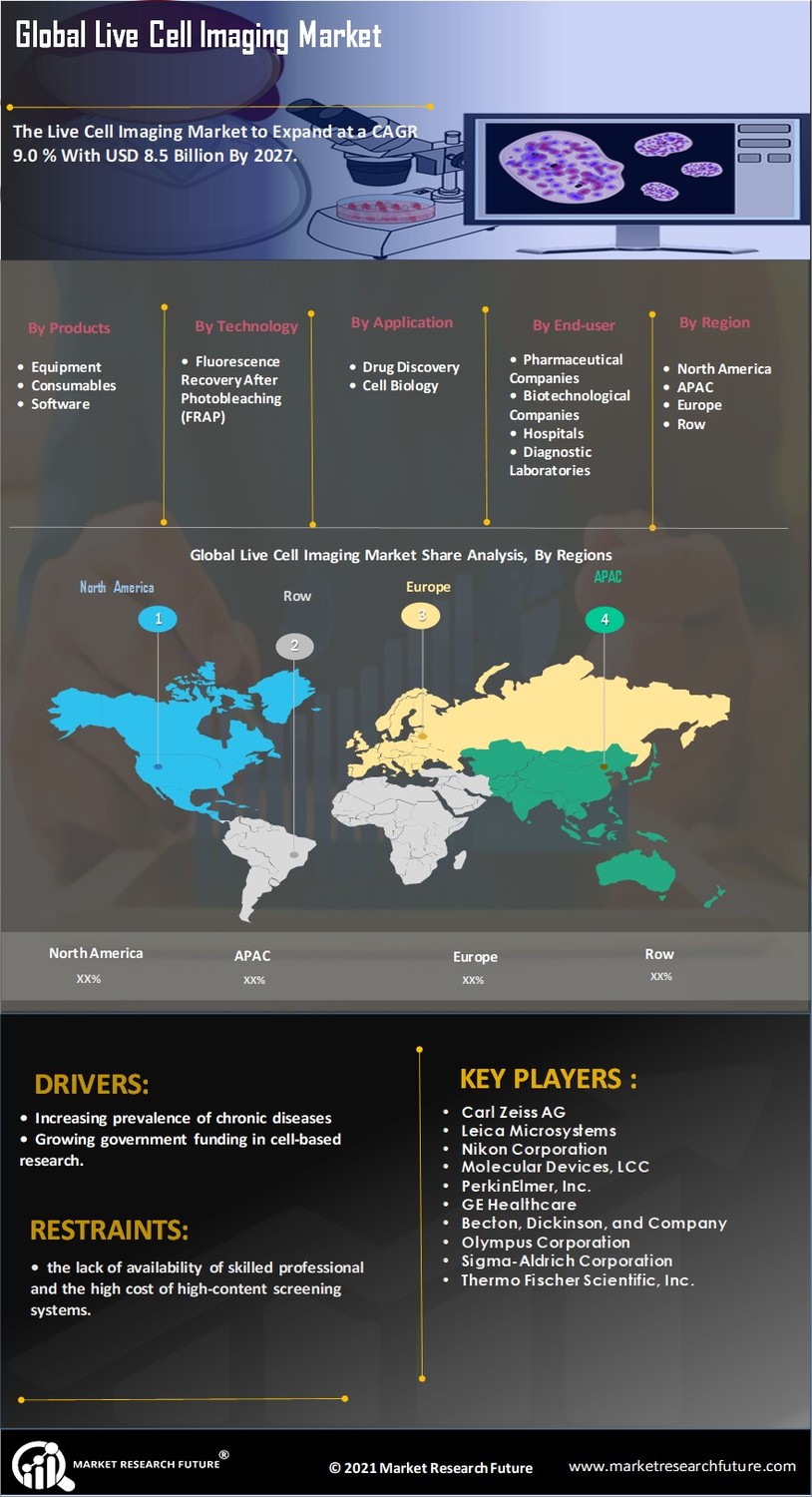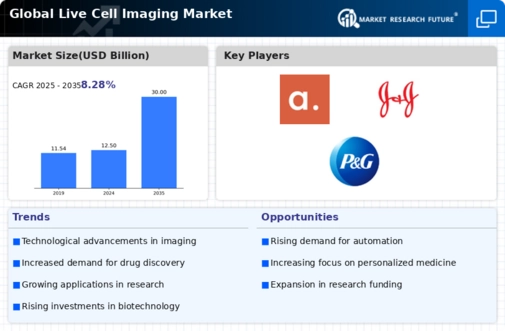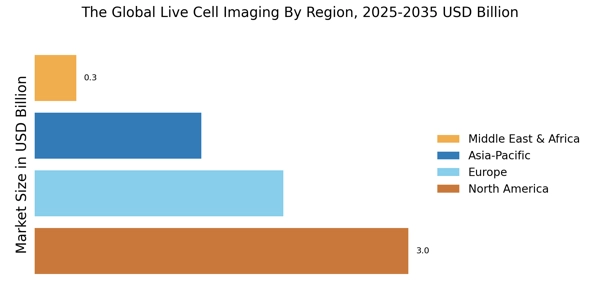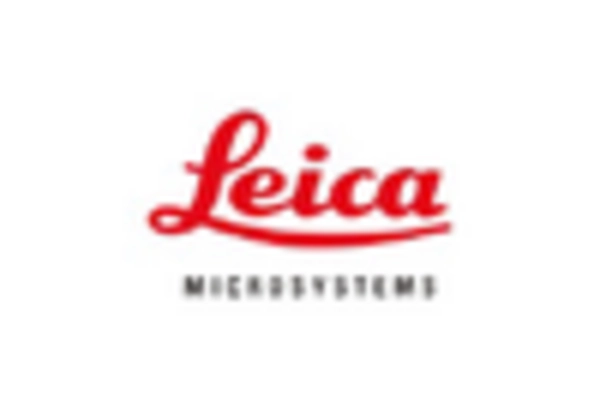Live Cell Imaging Market Summary
As per Market Research Future analysis, The Global Live Cell Imaging Market was estimated at 6.78 USD Billion in 2024. The live cell imaging industry is projected to grow from 7.474 USD Billion in 2025 to 19.8 USD Billion by 2035, exhibiting a compound annual growth rate (CAGR) of 10.2% during the forecast period 2025 - 2035
Key Market Trends & Highlights
The Global Live Cell Imaging Market is poised for substantial growth driven by technological advancements and increasing demand for personalized medicine.
- North America remains the largest market for live cell imaging, driven by robust research and development activities.
- Asia-Pacific is emerging as the fastest-growing region, fueled by increasing investments in biotechnology and pharmaceuticals.
- The equipment segment dominates the market, while consumables are experiencing the fastest growth due to rising demand for innovative imaging solutions.
- Technological advancements in imaging techniques and a growing focus on personalized medicine are key drivers propelling market expansion.
Market Size & Forecast
| 2024 Market Size | 6.78 (USD Billion) |
| 2035 Market Size | 19.8 (USD Billion) |
| CAGR (2025 - 2035) | 10.23% |
Major Players
Thermo Fisher Scientific (US), Zeiss (DE), Leica Microsystems (DE), Olympus Corporation (JP), GE Healthcare (US), PerkinElmer (US), Becton Dickinson (US), Molecular Devices (US), Eppendorf (DE)

















